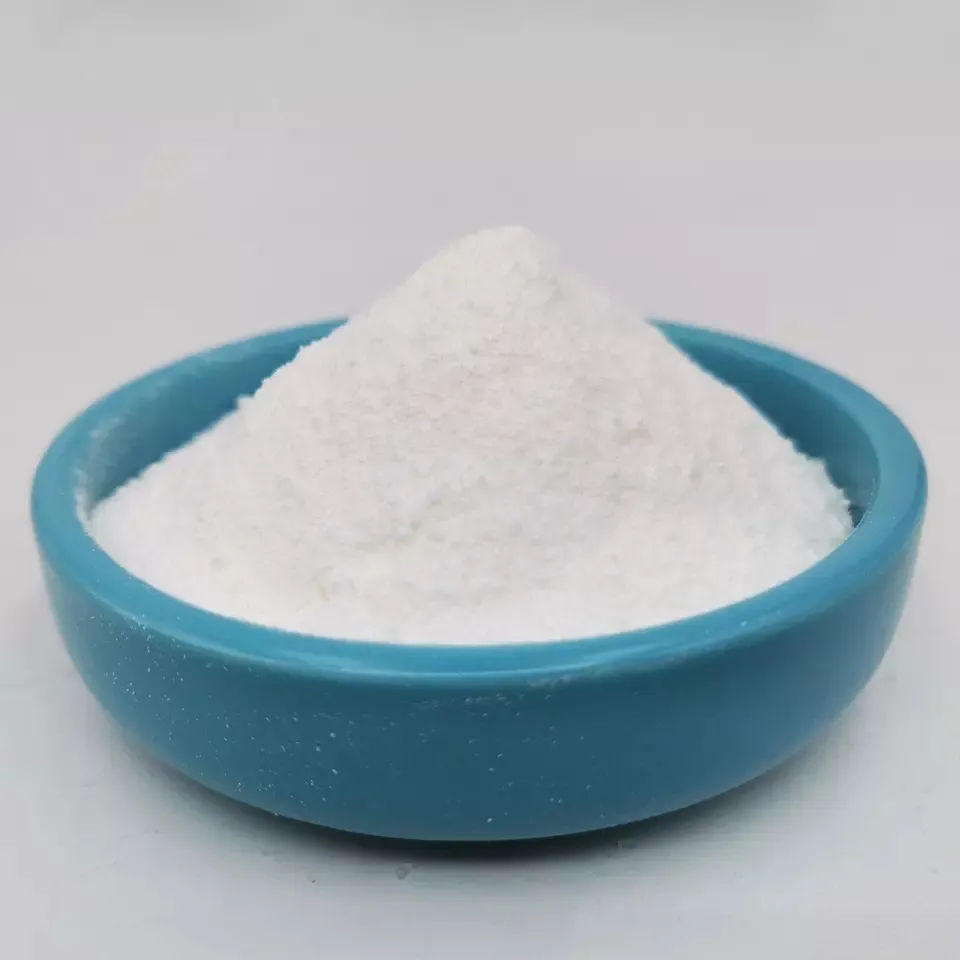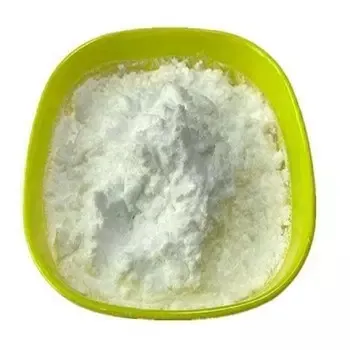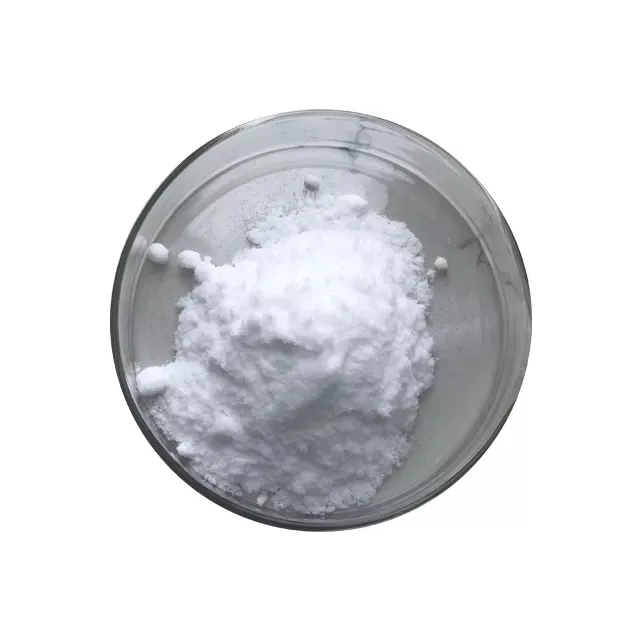Warning: Undefined array key "file" in /home/www/wwwroot/HTML/www.exportstart.com/wp-content/themes/1198/header.php on line 7
Warning: Undefined array key "title" in /home/www/wwwroot/HTML/www.exportstart.com/wp-content/themes/1198/header.php on line 7
Warning: Undefined array key "title" in /home/www/wwwroot/HTML/www.exportstart.com/wp-content/themes/1198/header.php on line 7
- африқоӣ
- албанӣ
- амхарӣ
- арабӣ
- арманӣ
- озарбойҷонӣ
- баскӣ
- белорус
- бангалӣ
- босниягӣ
- булгорӣ
- каталонӣ
- Себуано
- Хитой
- Чин (Тайван)
- Корсикӣ
- хорватӣ
- чех
- Дания
- Голландия
- англисӣ
- эсперанто
- эстонӣ
- финландӣ
- фаронсавӣ
- фризӣ
- галисия
- гурҷӣ
- олмонӣ
- юнонӣ
- Гуҷаратӣ
- Креоли Гаити
- хауса
- ҳавайӣ
- ибрӣ
- Не
- Миао
- Венгрия
- исландӣ
- игбо
- Индонезия
- ирландӣ
- Италия
- Ҷопон
- ёвонӣ
- каннада
- қазоқӣ
- кхмер
- Руанда
- Корея
- курд
- киргиз
- сил
- лотинӣ
- латыш
- литваӣ
- Люксембург
- македонӣ
- Малгаши
- малайӣ
- малаялам
- малтаӣ
- маори
- маратҳӣ
- муғулӣ
- Мянмар
- непалӣ
- норвегӣ
- норвегӣ
- Окситан
- пашту
- форсӣ
- полякӣ
- португалӣ
- Панҷобӣ
- руминӣ
- русӣ
- самоа
- Гаэли Шотландия
- сербӣ
- англисӣ
- Шона
- Синдӣ
- Сингал
- словакӣ
- словенӣ
- Сомали
- испанӣ
- сунданӣ
- суахили
- шведӣ
- Тагалогӣ
- тоҷикӣ
- тамилӣ
- тоторӣ
- телугу
- тай
- туркӣ
- туркман
- украинӣ
- урду
- уйгур
- узбек
- ветнамӣ
- Уелсӣ
- Кӯмак
- идишӣ
- Ёруба
- Зулу
K-Catalyst / Montmorillonite
Montmorillonite, also known as microcrystalline kaolinite or gelinite, is a silicoaluminate consisting mainly of octahedral montmorillonite particles, named after the city of Montmorillonite, France, where it was first discovered. Montmorillonite is a very soft phyllosilicate mineral that forms microscopic crystals, called clays, when they precipitate out of aqueous solutions. Montmorillonite, a member of the Montmorillonite family, is a 2:1 clay, meaning it has two tetrahedral silica sheets sandwiched between a central octahedral alumina sheet. The particles are plat-like, with an average diameter of about 1μm and a thickness of 0.96nm.
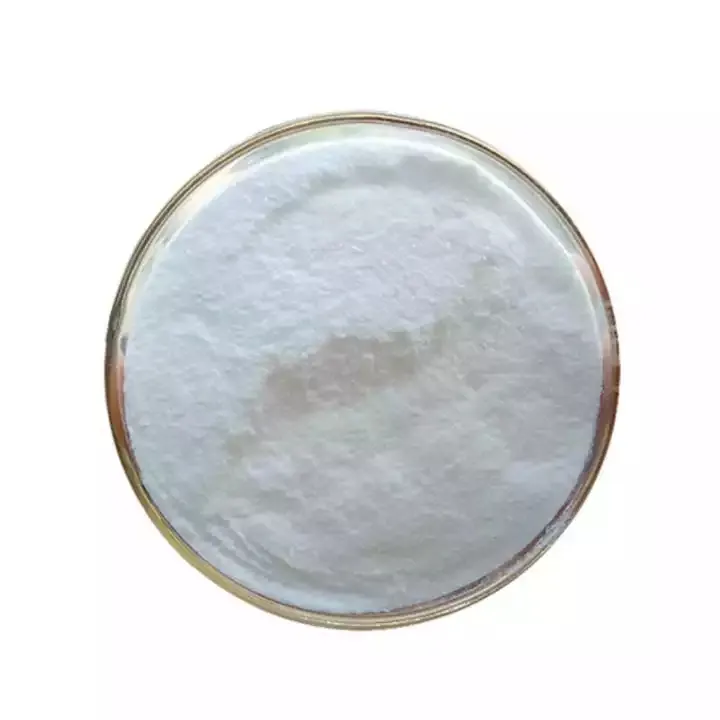
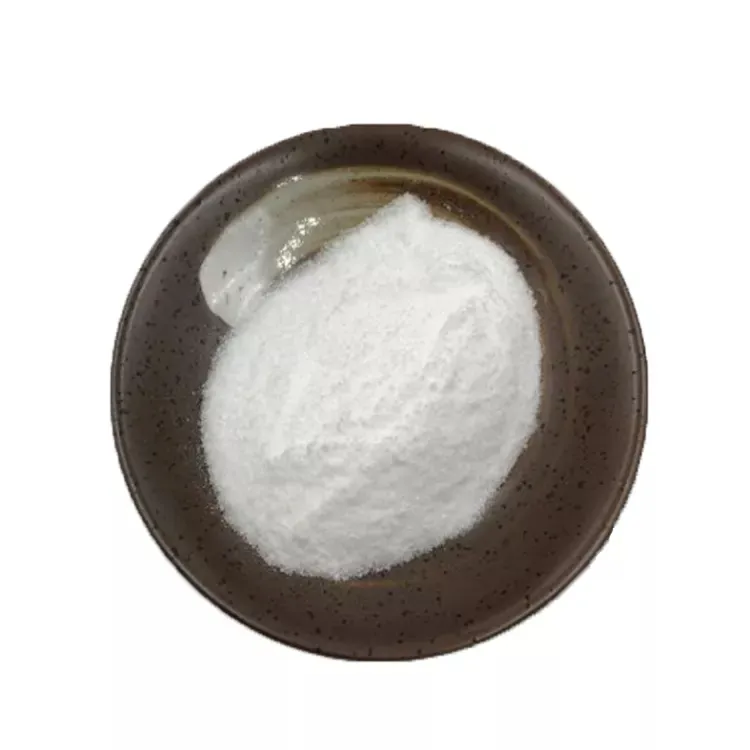
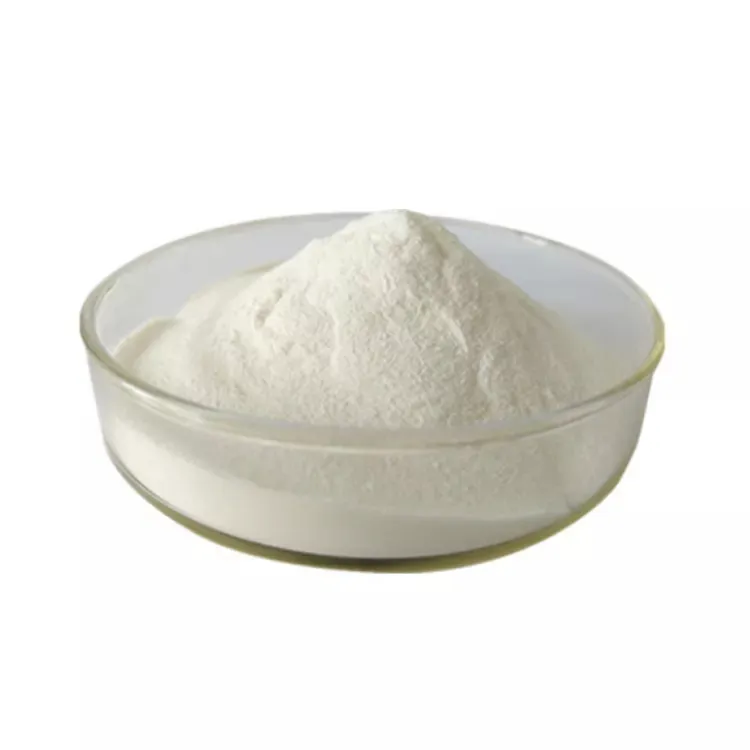

Using an electron microscope to put about 25,000 times, it is necessary to "see" individual clay particles. Members of this group include soapstone. Montmorillonite is a subclass of montmorillonite, which is a 2:1 phyllosilicate mineral characterized by an octahedral Chemicalbook charge greater than 50%. Its cation exchange capacity is due to the isomorphous substitution of Mg for Al in the central alumina plane. In this case, the substitution of lower-priced cations gives nearby oxygen atoms a net negative charge that can attract cations. In contrast, Baderite is a montmorillonite with a tetrahedral charge greater than 50%, resulting from the isomorphic substitution of Al in silica. The individual crystals of montmorillonite clay are not tightly bound, so water can intervene, causing the clay to swell. The water content of montmorillonite is variable, and its volume increases greatly when it absorbs water. Chemically, it is hydrated sodium calcium-aluminosilicate magnesium hydroxide (Na, Ca) 0.33 (Al, Mg) 2 (Si4O10) (OH) 2·nH2O. Potassium, iron, and other cations are common substitutes, and the exact proportion of cations varies from source to source. It is often mixed with chlorite, Muscovite, illite, cobalt greenstone and kaolinite.
Мо бисёр заводҳои баландсифат дорем, ки ҳамкориҳои амиқ доранд, ки метавонанд ба шумо маҳсулоти баландсифат ва нархҳои рақобатпазирро пешниҳод кунанд. Ва мо инчунин метавонем барои хариди яклухт тахфиф диҳем. Ва мо бо бисёре аз ширкатҳои экспедитории касбӣ ҳамкорӣ карда, метавонем маҳсулотро ба дасти шумо бехатар ва осонтар расонем. Вақти таҳвил тақрибан 3-20 рӯз пас аз тасдиқи пардохт аст.
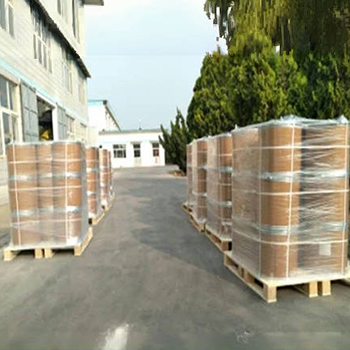



|
АСОС
|
SPECIFICATIONS
|
TEST RESULTS
|
DETERMINE
|
|
Намуди зоҳирӣ
|
A white Crystalline Powder
|
A White Crystalline Powder
|
Qualified
|
|
Муайянкунӣ
|
Positive
|
Positive
|
Qualified
|
|
Assay, %
|
98.0~101.0
|
98.8
|
Qualified
|
|
Specific Optical Rotation [a]D20
|
-16.0°~18.5°
|
-16.1°
|
Qualified
|
|
Moisture, %
|
≤1.0
|
0.25
|
Qualified
|
|
Ash,%
|
≤0.1
|
0.09
|
Qualified
|
|
Pb,mg/kg
|
≤2.0
|
<0.1
|
Qualified
|
|
As, mg/kg
|
≤2.0
|
<0.1
|
Qualified
|
|
Total Plate Count,cfu/g
|
≤3000
|
<1000
|
Qualified
|
|
Coli Group, cfu/g
|
≤0.3
|
<0.3
|
Qualified
|
|
Yeast&Mold ,cfu/g
|
≤50
|
10
|
Qualified
|
|
Salmonella/ 25g
|
манфӣ
|
манфӣ
|
Qualified
|

1. Оё шумо корхона ё ширкати тиҷоратӣ ҳастед?
Мо як ширкате ҳастем, ки саноат ва савдоро муттаҳид карда, хидмати ягонаро пешниҳод мекунем. OEM метавонад қабул карда шавад.
2. Оё шумо намунаҳо пешниҳод мекунед? Оё он ройгон ё иловагӣ?
Намунаҳои ройгон. Пардохти боркашонии намуна бояд аз ҷониби шумо пардохт карда шавад.
3. Оё шумо ягон сертификати марбут ба назорати сифат доред?
Сертификати ISO 9001: 2008 барои таъмини сифат.
4. Барои гирифтани нархнома чиро бояд пешниҳод кунам?
Лутфан ба мо дар бораи намуди маҳсулоте, ки ба шумо лозим аст, миқдори фармоиш, суроға ва талаботи мушаххасро ба мо хабар диҳед. Иқтибос барои истинод ба шумо сари вақт дода мешавад.
5. Кадом намуди пардохти шумо бартарӣ доред? Кадом шартҳо қабул карда мешаванд?
Шартҳои қабули интиқол: FOB, CFR, CIF, EXW;
Асъори пардохти қабулшуда: доллари ИМА;
Намуди пардохти қабулшуда: T/T, Western Union; PayPal, Кафолати тиҷорат.
Забони гуфтугӯ: англисӣ.
Категорияҳои маҳсулот
-
 Apr . 27, 2025Zibo will host the 2025 International Chemical ExpoZibo, a city known for its thriving chemical industry, will host the 2025 Zibo International Chemical Expo from May 16 to May 18, 2025. This highly anticipated event aims to bring together industry leaders, innovators and stakeholders from around the world to explore the latest advancements and trends in the chemical industry.
Apr . 27, 2025Zibo will host the 2025 International Chemical ExpoZibo, a city known for its thriving chemical industry, will host the 2025 Zibo International Chemical Expo from May 16 to May 18, 2025. This highly anticipated event aims to bring together industry leaders, innovators and stakeholders from around the world to explore the latest advancements and trends in the chemical industry. -
 Apr . 22, 20252025 Yokohama Cosmetics Raw Materials and Technology ExhibitionYOKOHAMA, Japan – The City of Yokohama is preparing to host the much-anticipated Cosmetics Ingredients & Technologies 2025 from May 14 to May 16, 2025. The premier event is expected to attract industry professionals, innovators and enthusiasts from around the world to showcase the latest advancements in cosmetic ingredients and technologies.
Apr . 22, 20252025 Yokohama Cosmetics Raw Materials and Technology ExhibitionYOKOHAMA, Japan – The City of Yokohama is preparing to host the much-anticipated Cosmetics Ingredients & Technologies 2025 from May 14 to May 16, 2025. The premier event is expected to attract industry professionals, innovators and enthusiasts from around the world to showcase the latest advancements in cosmetic ingredients and technologies. -
 Apr . 18, 20252025 India Mumbai Fine Chemicals ExhibitionMUMBAI, India – The bustling metropolis of Mumbai is gearing up to host the much-anticipated Fine Chemicals Expo on April 29-30, 2025. The premier event is expected to attract industry leaders, innovators and stakeholders from across the world to showcase the latest advancements in the fine chemicals sector.
Apr . 18, 20252025 India Mumbai Fine Chemicals ExhibitionMUMBAI, India – The bustling metropolis of Mumbai is gearing up to host the much-anticipated Fine Chemicals Expo on April 29-30, 2025. The premier event is expected to attract industry leaders, innovators and stakeholders from across the world to showcase the latest advancements in the fine chemicals sector.


